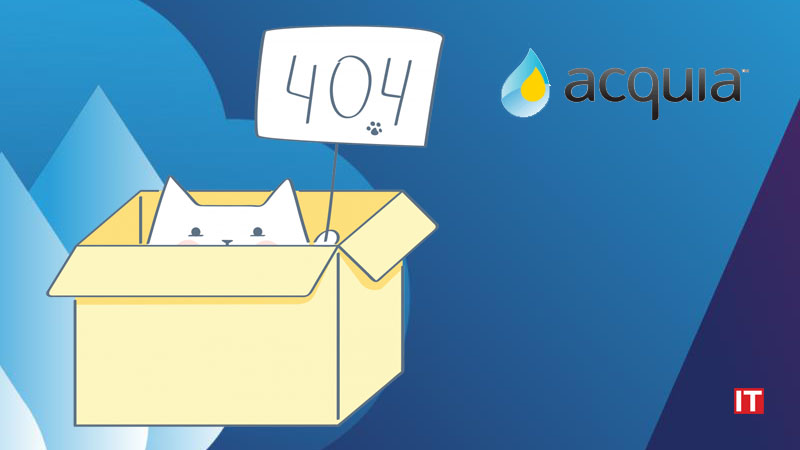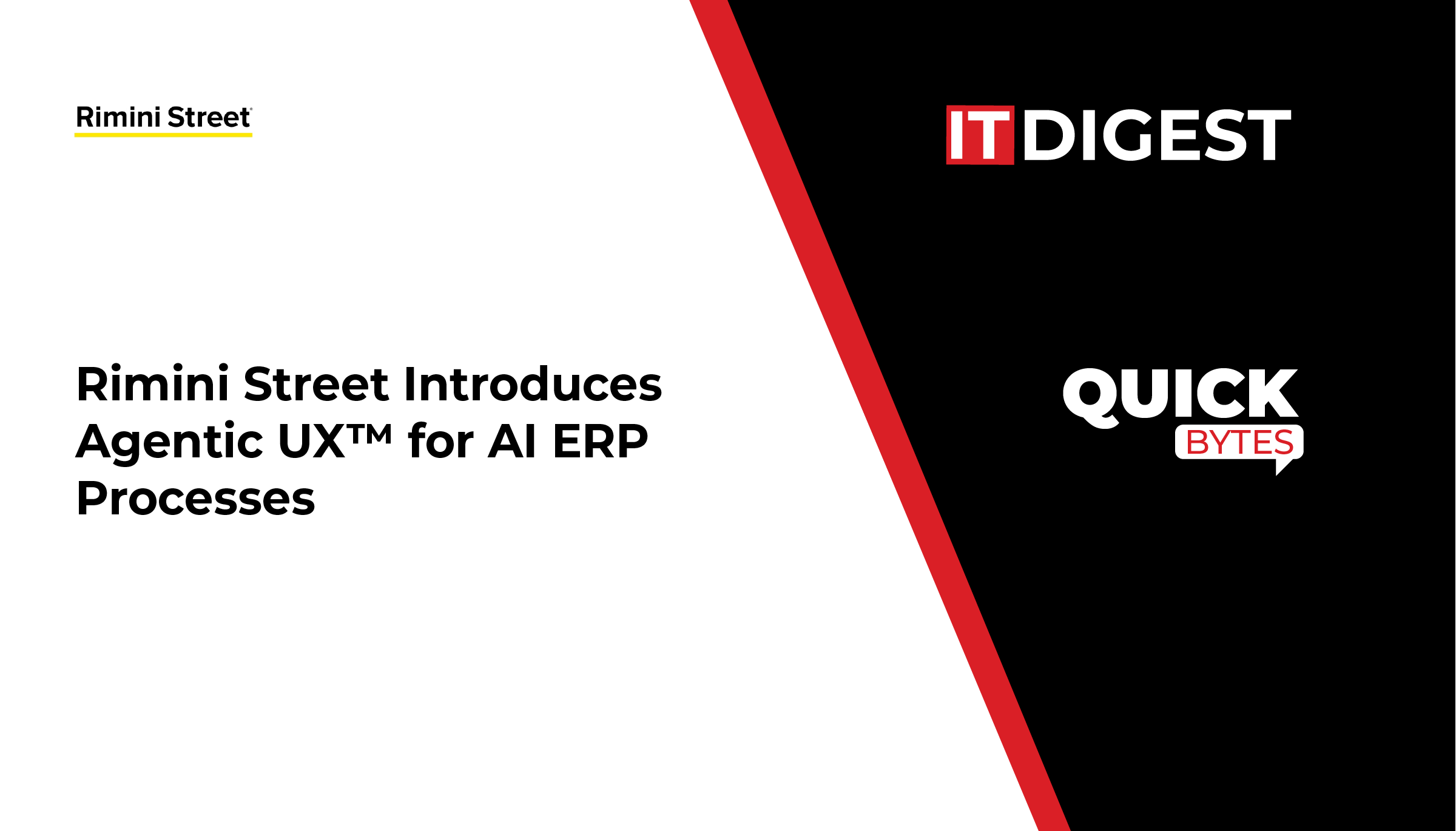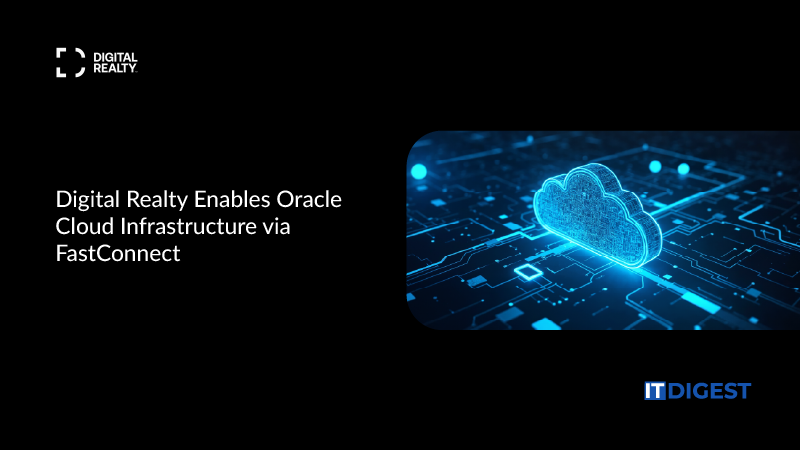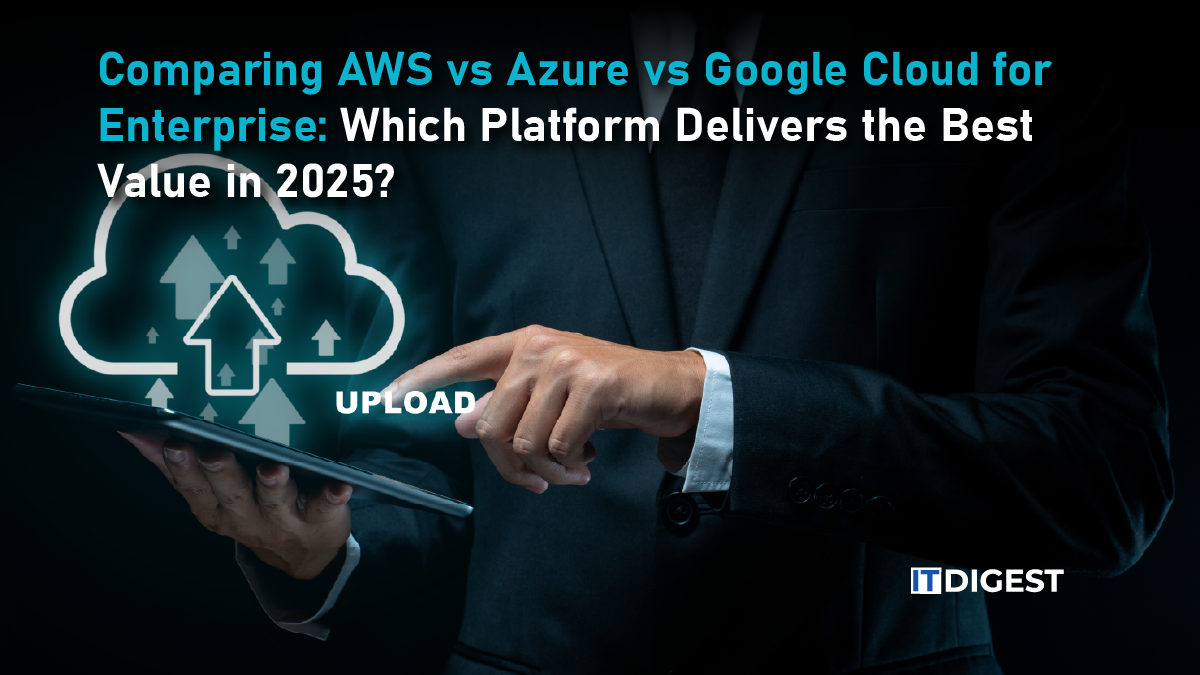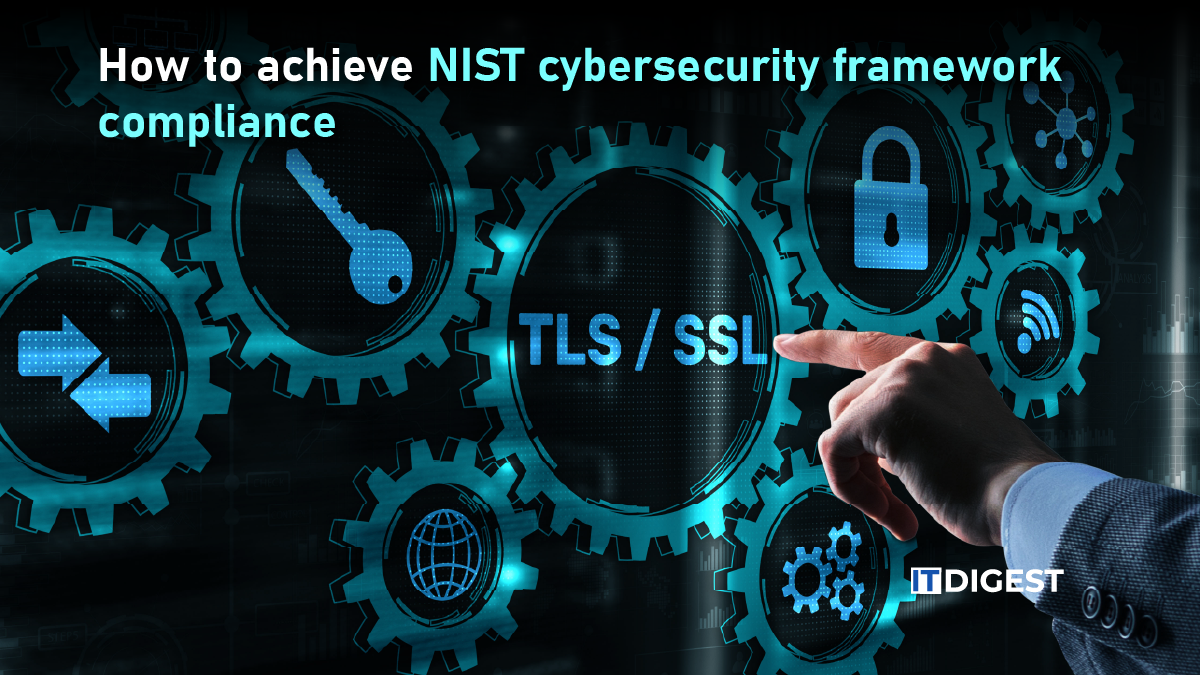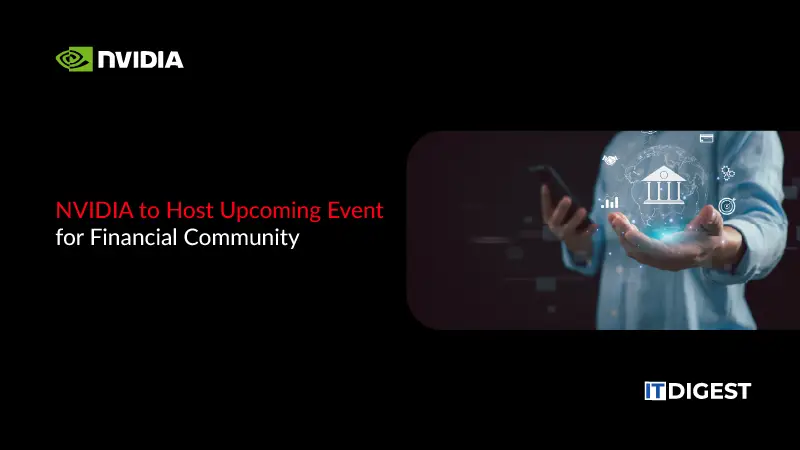IBM has announced the availability of its new platform, IBM Digital Asset Haven a full-stack solution for financial institutions, governments and regulated enterprises to join the digital-asset economy.
What is Digital Asset Haven?
Digital Asset Haven offers a integrated solution that assists customers in managing the transaction lifecycle of digital assets from custody to transaction to settlement while fulfilling essential compliance, governance, and security requirements.
Major features are:
- Support for over 40 interconnected public and private blockchains for managing the transaction lifecycle (automation, routing, monitoring, settlement).
- Governance and entitlement management via an integrated framework for wallet access, policy enforcement, multi-party approvals, and transaction workflows.
- Third-party services integration (identity verification/KYC, AML, yield generation) using REST APIs and SDKs to speed up deployment and partner innovation.
- Comprehensive security and key management support, including Multi-Party Computation (MPC), Hardware Security Module (HSM) signings through IBM’s Crypto Express 8S HSMs, offline cold-storage operations and quantum-resistant cryptography considerations.
- Depoyability flexibility: SaaS in Q4 2025, Hybrid SaaS (through LinuxONE / IBM Z) also Q4 2025, and on-premises availability in Q2 2026.
The platform has been built with collaboration from Dfns, a digital-wallet infrastructure specialist that has already built 15 million wallets for over 250 customers. IBM’s General Manager of IBM Z and LinuxONE, Tom McPherson, has stated that:
“With IBM Digital Asset Haven, our customers can enter and grow in the digital asset market with the security and reliability of IBM behind them.”
And Dfns CEO Clarisse Hagège added: “Together with IBM, we’ve built a platform that goes beyond custody to orchestrate the full digital asset ecosystem, paving the way for digital assets to move from pilot programs to production at a global scale.”
Also Read: Altimetrik Closes SLK Software Acquisition, Ready to Make an AI-First Digital Engineering Leader
Implications for the Fintech Industry
For the fintech sector, this announcement is a significant milestone. Here’s how it plays out across various dimensions:
- Acceleration of Tokenised Assets and Stablecoins
The platform’s introduction highlights the growing importance of tokenised assets (e.g., digital securities, digital bonds, asset-backed tokens) and stablecoins for regulated financial institutions. IBM itself says that as the takeup of tokenisation and stablecoins grows, institutions have to adapt. For fintech companies, this implies that infrastructure going all the way back to legacy systems will find it difficult to cope with the requirements of a digital-asset-native future. Having a solution covering custody, transaction orchestration and settlement across 40+ chains provides fintechs with a more robust plug-in to future rails.
- Connecting Traditional Finance and Crypto/DeFi Universes
Historically, fintech companies and banks have been confronted with a twin challenge: on the one hand, the speed and flexibility of crypto/DeFi infrastructure; on the other, the regulatory, compliance and trust demands of traditional finance. Digital Asset Haven endeavors to close that gap by offering enterprise-level security, governance and compliance functionality in addition to blockchain connectivity. That enables fintechs (and banks) to experiment more securely with digital-asset services (custody, tokenised securities issuance, cross-border settlement) without having to reinvent underlying security stacks.
- Operational and Compliance Risk Mitigation
Regulated fintechs know that one of the big risks in digital-asset operations is governance: wallet management, key security, multi-party approvals, cold-storage protocols, identity verification, AML/KYC. IBM’s offering addresses those explicitly. For fintech firms that serve institutional clients (asset managers, hedge funds, corporate treasuries), being able to rely on a vendor with heavy compliance tooling built-in means lower barrier to entry and less “build from scratch” cost/risk. This may shorten the time-to-market for new digital-asset services.
- Interoperability and Scaling of Infrastructure
The potential to bridge over 40 public and private blockchains makes fintechs with multi-chain or hybrid chain ambitions have an infrastructure partner waiting in the wings. Scaling digital asset activities like a fintech providing tokenised instruments across jurisdictions involves both legal/regulatory controls and technical linking. Digital Asset Haven effectively takes away a significant part of the infrastructure problem.
- Competitive Pressure on Fintech Start-ups and Legacy Firms
With an enterprise-class solution from a major incumbent such as IBM, fintech start-ups providing digital‐asset platforms will experience elevated competitive pressure. Legacy financial institutions and established fintechs that connect with Digital Asset Haven can develop more rapid credibility and regulatory ease. Differentiation for smaller participants can increasingly originate from specialised verticals (niche tokens, innovative use-cases) or integration ecosystems instead of base infrastructure alone.
Wider Impacts on Companies That Do Business in Fintech & Regulated Environments
In addition to the fintech space, companies that do business in regulated environments (capital markets, corporate treasury, governments) will also experience the ripple effects:
- Corporate Treasury Evolution: More corporates are considering tokenised assets, digital cash, real-time settlement and supply-chain finance innovations. Through such platforms as Digital Asset Haven, non-bank corporates can more easily collaborate through their fintech or bank to access digital-asset rails under regulated frameworks.
- Government and Central Bank Readiness: The fact that the platform accommodates robust governance, custody, compliance and HSM/MPC key management provides governments or central banks keen to roll out digital-currency or tokenised-asset ecosystems with a potential partner in IBM. That could bring about faster adoption of digital-asset infrastructure in public-private partnerships.
- Partner and Ecosystem Enablement: Since the platform provides APIs/SDKs and third-party service intégração (identity/KYC/AML) it creates an ecosystem of fintechs, infrastructure providers and service-providers to integrate. Upstream, businesses that deal in compliance tooling, analytics, wallet-services, token-issuance, yield generation can be partnered with.
- Time to Market & Cost Effectiveness: Constructing secure digital-asset operations ground-up is costly, time consuming and risky for regulated businesses. Having an existing infrastructure platform lowers time to market, operational risk and likely expense. Companies can repurpose capital for going to market, customer acquisition, product innovation instead of constructing the rails.
- Regulatory & Infrastructure Convergence: As digital-asset operations transition from pilots to production levels (as IBM highlights), we are witnessing regulatory, operational and infrastructure convergence. Companies now have to treat digital-assets more like core parts of their offering, and not as side proofs or experiments. Companies that dawdle can get left behind in the next financial-rail transformation wave.
Key Considerations & Challenges
Although the promise is substantial, companies still have to consider:
- Jurisdictional Compliance: Multi-jurisdiction models introduce fragmentary regulation (token-laws, stablecoin regulation, custody rules) so even a global platform requires local adaptation.
- Integration Complexity: Old banks or existing fintechs with their own stacks might still incur integration overheads, particularly around data, governance and legacy-system connectivity.
- Security Vigilance & Technology: Despite MPC, HSMs and quantum-resistant cryptography, companies need to stay watchful of changing threats infrastructure digital-asset is a high-value target.
- Market Readiness & Business Case: Token-emission, digital-asset settlement, new rails take market demand. Companies need to tie infrastructure enablement (e.g., through IBM’s platform) with actual business use-cases and customer uptake.
- Competition & Differentiation: With increasingly commoditised infrastructure, companies will have to differentiate through customer experience, niche products, regulatory skills or service wrap-around as opposed to sheer access to the rails.
Conclusion
IBM’s Digital Asset Haven launch represents a significant turning point for fintech and the overall digitally-enabled finance ecosystem. With its provision of regulated-grade infrastructure for digital assets, IBM is indicating that the digital asset economy is no longer experimental or on the fringes it’s going mainstream enterprise grade. For governments, banks, corporates and fintechs, the discussion is now moving from “should we go into digital assets?” to “how do we bring them in securely, compliantly and at scale?
As the pace of digital-asset adoption quickens, platforms like Digital Asset Haven will increasingly be the building blocks of the next-generation financial ecosystem. Companies that move now don’t just tinker but stand to reap the position in the new digital-asset economy.


